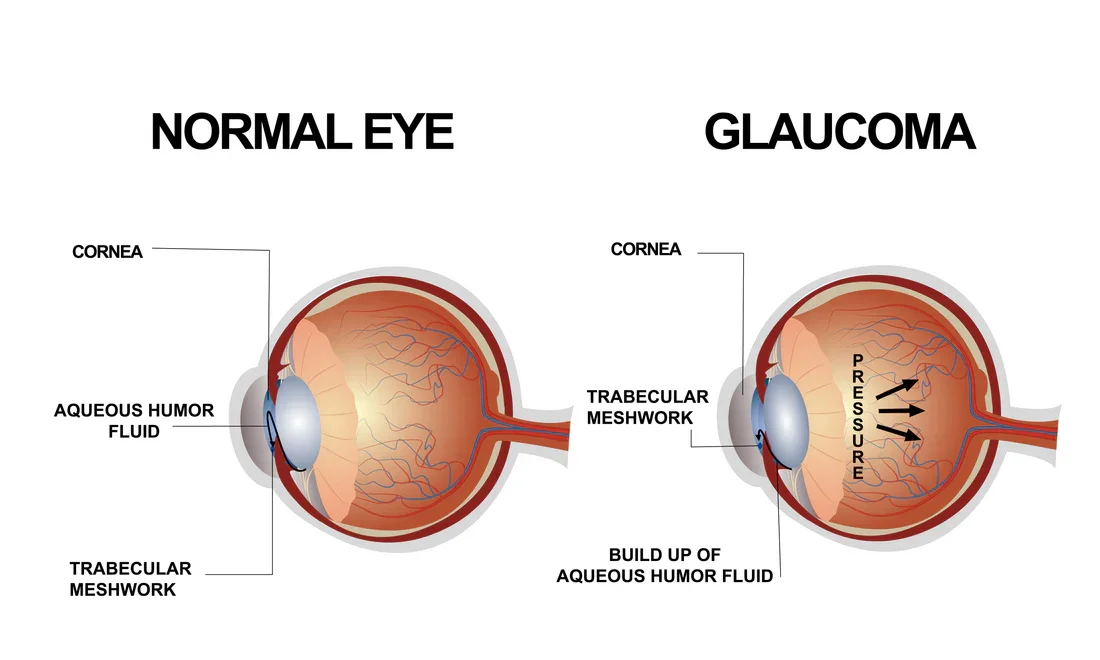What is Glaucoma? The Silent Thief of Sight
A Disease Without Warning
Glaucoma is often called the “silent thief of sight” because it can damage vision slowly and without noticeable symptoms in the early stages. By the time people realize they are losing sight, the damage is often permanent. In Mongolia, where access to regular eye exams can be limited, especially in rural provinces, glaucoma is one of the leading causes of irreversible blindness.
What Exactly is Glaucoma?
Inside the eye, a clear fluid flows in and out to keep the eye healthy. When this fluid doesn’t drain properly, eye pressure increases and damages the optic nerve, the part of the eye that sends images to the brain.
There are different types of glaucoma:
Open-angle glaucoma: The most common worldwide, it progresses slowly and painlessly.
Angle-closure glaucoma: More common in Asia, including Mongolia. It can cause sudden eye pain, headache, nausea, and rapid vision loss.
Who is at Risk?
Anyone can develop glaucoma, but some groups are at higher risk:
People over the age of 40
Those with a family history of glaucoma
People with diabetes or high blood pressure
Individuals who are very nearsighted or farsighted
Populations in Asia, including Mongolians, who are at higher risk for angle-closure glaucoma
Symptoms to Watch For
In most cases, glaucoma develops quietly. But warning signs can include:
Gradual loss of peripheral (side) vision
Blurred vision
Halos around lights
Eye pain, redness, or sudden vision changes (in acute angle-closure glaucoma)
Because the disease is often symptomless until late stages, regular eye exams are the only way to detect glaucoma early.
Why Early Diagnosis and Local Training Matter
Glaucoma is irreversible—but it is manageable if diagnosed early. The key is screening, awareness, and timely treatment. In Mongolia, the challenge is that many patients live far from specialized care in Ulaanbaatar. Training local ophthalmology residents in glaucoma diagnosis and management is essential to ensure that people in rural provinces also have access to early treatment.
Organizations like Laurel Surgical Foundation (LSF) support this effort by strengthening residency training, providing diagnostic equipment, and teaching both medical and surgical approaches to glaucoma care. This ensures that more Mongolians receive care before it is too late.
Protecting Sight for the Future
Glaucoma may be a silent thief, but it doesn’t have to win. With regular eye exams, awareness of risk factors, and access to trained local eye specialists, vision can be preserved. Protecting sight means protecting independence, dignity, and the future of communities across Mongolia.

